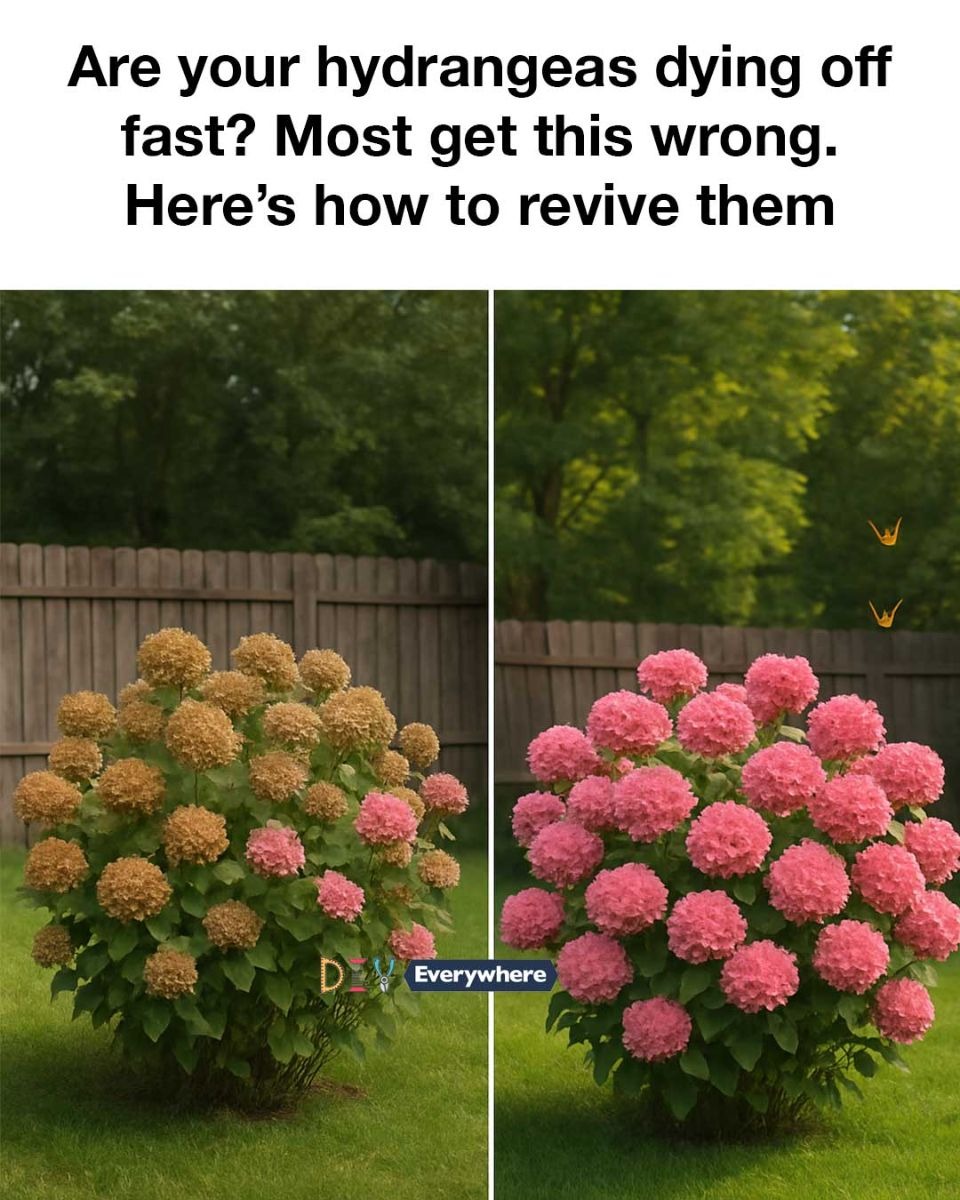Hydrangeas are a beloved staple in many gardens, known for their lush blooms and vibrant colors. However, many gardeners find themselves frustrated when their hydrangeas start to wilt or die off unexpectedly. Understanding the specific needs of these plants is crucial to ensuring their health and longevity.
In this article, we will explore the common pitfalls that lead to the decline of hydrangeas and provide practical solutions to revive them. Whether you’re a seasoned gardener or a novice, these tips will help you maintain beautiful, thriving hydrangeas in your garden.
1. Understanding Hydrangea Basics
Hydrangeas are a genus of flowering plants native to Asia and the Americas, with over 70 species. They are known for their large flower heads, which can be blue, pink, white, or purple, depending on the soil pH. The most common types include Hydrangea macrophylla (bigleaf hydrangea), Hydrangea paniculata (panicle hydrangea), and Hydrangea arborescens (smooth hydrangea).
These plants typically bloom from early spring to late autumn. They thrive in USDA hardiness zones 3 through 9, depending on the variety. Understanding the specific type of hydrangea you have is essential, as care requirements can vary significantly.
2. Common Mistakes in Hydrangea Care
One of the most common mistakes gardeners make is planting hydrangeas in the wrong location. Hydrangeas need a balance of sun and shade; too much sun can scorch their leaves, while too much shade can hinder blooming. Another frequent error is improper watering. Hydrangeas require consistent moisture but should not be waterlogged.
Additionally, many gardeners fail to adjust the soil pH to achieve the desired bloom color. For blue flowers, the soil should be more acidic (pH 5.2-5.5), while pink flowers require more alkaline conditions (pH 6.0-6.2). Neglecting to prune correctly or at the right time can also impact the plant’s health and flowering.
see next page
ADVERTISEMENT

